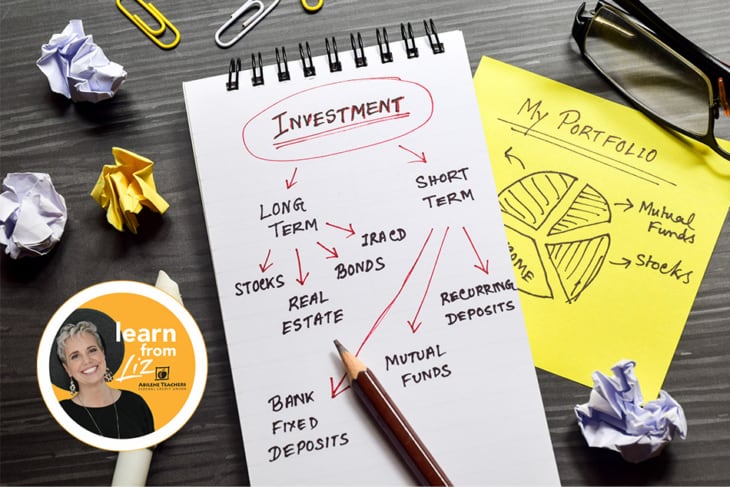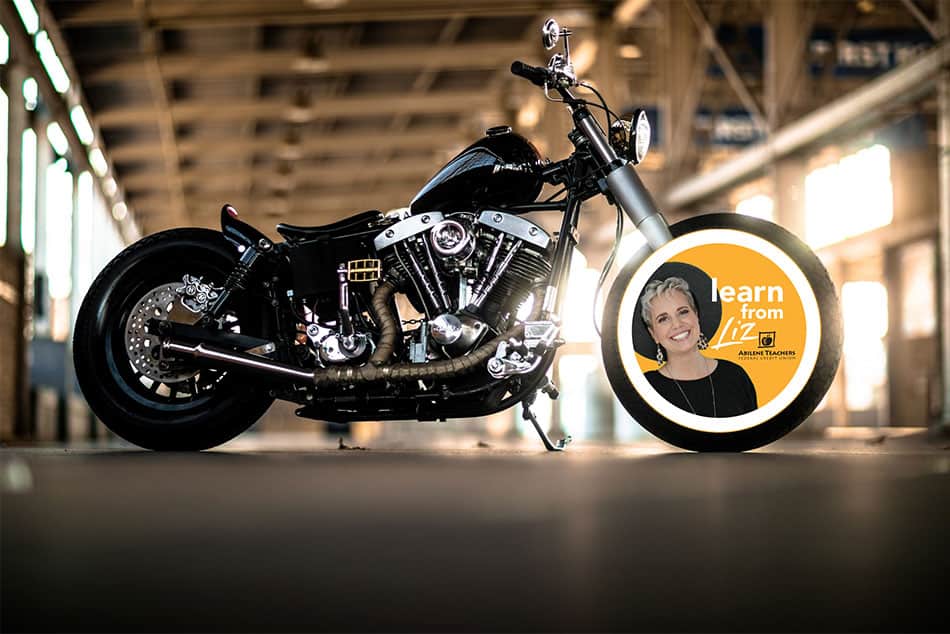12 Steps to Financial Wellness – Step 11: Investing

The world of investing can be confusing, especially to a first-timer. No worries, though; Abilene Teachers FCU can help! Here’s how to start investing in five easy steps.
Step 1: Define your tolerance for risk
If you’re investing, be prepared for potential losses, because there are no sure things. But how much loss can you take? Your risk tolerance will vary according to your age and the length of time you’re working with before you want to retire; the amount of money you can afford to lose; and what you hope to gain through your investments.
2. Define your investment goals
Why are you investing this money? Do you hope to save enough money for a down payment, or to fund your retirement? Do you plan to use this money to pay for your child’s college education? Or, are you simply looking for a way to grow your money?
Identifying your investment goals will help you choose your investment vehicles and the amount of money you’re comfortable investing.
3. Determine your investing style
Next, you’ll need to find an investing style that suits your personality and investing goals. Here are your basic choices:
- Active management–personally managing your investments. This can be a great choice for an investor who is confident in their knowledge of the market. This choice is not recommended for new investors.
- Broker/financial advisor–allowing an outsider to manage your investments and make decisions regarding your portfolio. There are several kinds of brokers you can choose from: full-service brokers, discount brokers, or a financial advisor. It is best to do your research to see which one best suits your needs and wants.
- Robo-advisor–an automated option that typically costs less than a traditional broker and works with your goals, risk tolerance level and other personal details.
4. Choose your investment account
You’re ready to choose your investments! Here are some popular first-time investments:
- Mutual funds–professionally managed pools of investor funds that focus their investments in different markets. Mutual funds are inherently diversified, making them a good choice for beginner investors.
- Stocks–a single share or a few shares in a specific company. Be sure to research your chosen company carefully.
- Bonds–a loan to a company or government entity which agrees to pay you back in a specified amount of years. You’ll get modest dividends until the bond matures. Bonds are low-risk, but offer lower long-term returns.
- Exchange traded funds (ETFs)–individual investments bundled together and traded throughout the day, like a stock. Share prices are relatively low, making ETFs a great choice for small budgets. For more information on stock market basics, click here.
5. Learn to diversify and reduce risk
Once you’ve started investing, you’ll need to monitor and adjust your portfolio on a regular basis for optimal performance. Most importantly, you’ll want to make sure your portfolio is diversified, or that your funds are divided across different investments and classes. Diversifying helps reduce your risk of loss by ensuring that one poorly performing investment won’t bring down your entire portfolio.
Getting your feet wet in the world of investing can be super-exciting, but daunting. Follow the steps outlined above to get started.


